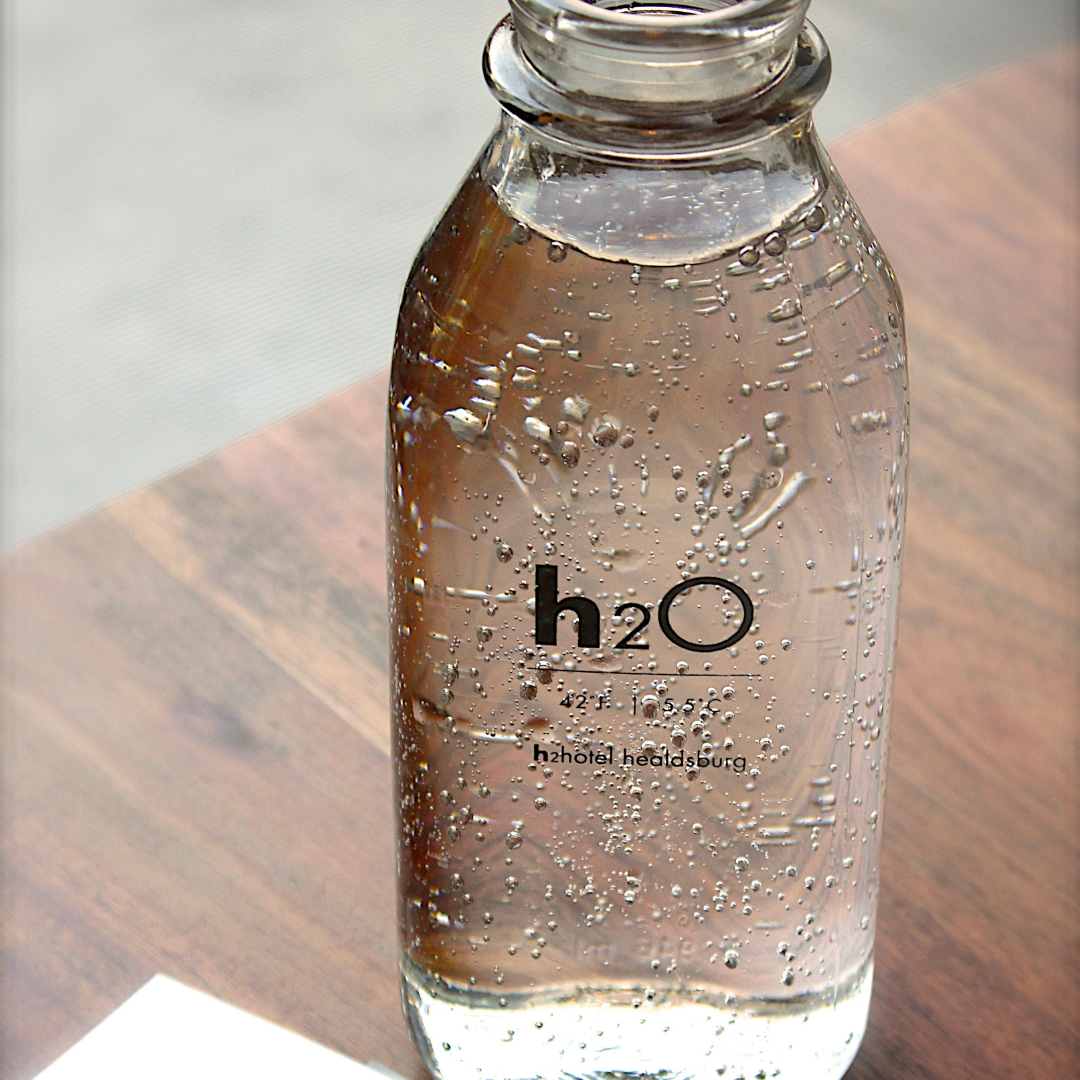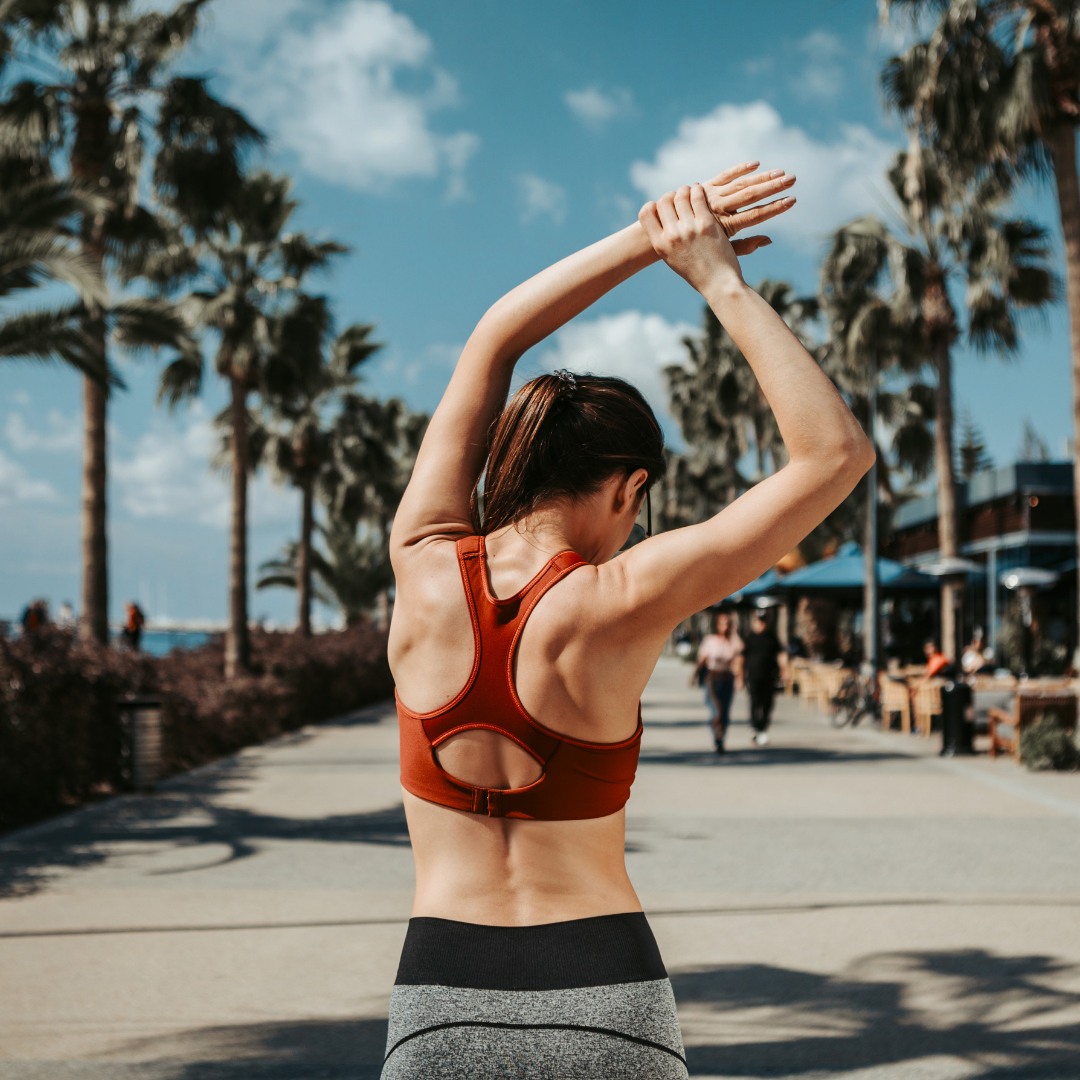5 Tips For Running In The Heat
This blog post may contain affiliate links. As an Amazon affiliate, we may earn a small commission for any purchases made through these links. Click here for the disclosure statement.
We might be based in Austin, Texas, but runners around the country are facing record temperatures and oppressive humidity.
It is easy to get frustrated with the heat in the middle of an Austin summer. Everything feels hot, sweaty, and hard. Regardless if you are one of those runners who "love the heat," everyone's performance suffers as the temperatures rise. So what can we do to make the temperatures bearable? These 5 tips for running in the heat will help you navigate summer running and keep your training consistent and free from heat-related injuries.
5 Tips for Running in the Heat
Stay hydrated
We can't stress this one enough. It seems so simple to say - if you sweat more, drink more! But for most people - especially those who spend their days indoors in the air conditioning - it is easier said than done. If you are in an ambient state inside, you might find yourself not picking up your water bottle and leaving yourself dangerously dehydrated for your afternoon run.
In the summertime, our bodies lose sweat at a much greater rate. Knowing your sweat rate is a great way to keep track of how much fluid you're losing during a run, and how you can prevent becoming dehydrated. Sweat rates are unique to each individual, but I like to use this easy formula to keep track of my fluid intake.
Half your body weight in ounces + 1 ounce for every minute of activity
So for me, a sample fluid intake on a long training day might look like this:
65 ounces + 120 ounces = 185 oz / day
It’s important to note, however, that this amount of fluid will be different for every person. It is possible to drink too much water. This is a condition called hyponatremia, which results in dangerously low sodium levels. For this reason, it is important to make sure that you are also intaking the proper amount of electrolytes as well (as discussed below).
Just how much water is that?
A gallon of water contains approximately 128 ounces, so this would be about 1.5 gallons of water! But—keep in mind—this calculation is using intense or endurance exercise as a multiplier! If you're working out in an air-conditioned gym, you may not lose as much water and therefore, would not require as much fluid intake.
The old adage that you should drink 8 eight-ounce glasses of water a day is a good recommendation for most individuals. As a baseline, we would suggest drinking 64 ounces as a minimum. But, again, knowing your specific sweat rate is crucial to knowing exactly how much sweat you lose during activity! It might surprise you!
And don’t forget your handheld water bottle during your activity! Keeping your fluid intake up during high levels of activity will help prevent your from being depleted later.
Don't neglect your electrolytes
Electrolytes are just as important (if not more so!) than the water itself. It is entirely possible to be over-hydrated. If that is the case, you are taking in too much water and, in return, salt and electrolytes are leaving your body at a greater rate than being retained. Some of our favorite electrolytes are: Nuun, Scratch, or Tailwind.
Nuun is the perfect compliment to your water bottle at work. I like to use a single Nuun tab in about 16-24 ounces of water. Keeping a ratio of one tab of Nuun for every two bottles of water you drink will make sure that you are not over hydrating. There's also a variety of flavors (lemon-line is our favorite!) that give a little bit of fizz to your water without adding extra calories.
If you prefer to carry a water bottle…
Skratch is a great recommendation for your water bottle during exercise. It has been engineered specifically to be safe on runner's bellies and works much in the same way Gatorade does. Another great product is Tailwind. Tailwind suggests that it is the only nutrition you need for the entire day, so it does provide a Gu-like energy carbohydrate boost, alongside electrolytes. I still like to supplement with other fuel sources while racing, but I have used Tailwind in my bottle for most of my trail races (including my Sky Island 50k) and I feel like it made a tremendous difference in my fueling.
Another great way to make sure that you're getting enough electrolytes is to consider a salt tab. Our personal favorite is made by Salt Stick. I like pre-dosing the night before by taking one tab before bed (Make sure you’re not taking the caffeinated version!) and then another one before my Saturday long run. If you are running after work, you could consider the same pre-dosing the night before, another in the morning or another capsule 1-2 hours before the run.
Salt Stick also makes a FastChew, which is perfect for marathons if you’re not keen on the idea of swallowing a capsule.
Read more: [8 Supplements To Maximize Post-Workout Recovery][1]
Get naked
Now before you strip all your clothes off (or are offended by doing so!), hear me out! In the summer, it's more important than ever to make sure that you are wearing moisture-wicking fabrics! Find lightweight technical fabrics that breathe. When possible, avoid heavy cotton tee-shirts. And ladies, remember, it's hot out, so feel free to ditch that shirt entirely! Taking away the excess fabric will allow the skin to breathe and prevent unnecessary chafing. However, don’t forget your sunscreen.
If you’re in Austin, check out: Sports Bra Squad ATX.
Stay cool
Before your run, try a bit of pre-cooling! Drink some cold fluids or have a light lunch before your run so that you body is not creating excess heat from digestion!
One of our favorite tricks for summer trail running is taking a Buff and soaking it in ice cold water before a run. Not only does it feel great wrapped around my neck, but you are able to take ice cubes and roll them into the folds of the fabric, creating a magical ice necklace that continues to stay cool.
Change up your routine
Consider switching those PM runs to morning runs. If it is possible to get up early to get your run in, you should. During Austin summers, the temps can be as much as 20 to 25 degrees cooler in the morning before the sun comes up! Take advantage of the small change in temperature and get out earlier. You might even find that you like mixing up your routine. Sometimes the switch up is exactly what you needed to break the funk of afternoon running. I find that it leaves me feeling energized for the rest of the day.
If your schedule is inflexible, consider changing your route instead. Asphalt and pavement retain the sun's rays and the dark surfaces reflect the heat, making the terrain much hotter. Instead, find cool shaded spots that allow you to stay out of the direct sun. Plan routes that have frequent water fountains so that you can maintain your hydration. If you're headed to the Greenbelt, carry a hydration vest with you and let others know where and when you're going. Heatstroke can always strike suddenly, so it's best to always be prepared with a plan.
Toss away your watch
Work on perceived effort - NOT pace. I can't emphasize this last point enough. I talk to my runners every week about making sure that they are listening to their bodies. It takes, on average, two weeks of running in the heat to become acclimatized. But, just like sweat rate, every individual is unique.
Effort level is a much better indicator of your body's ability to adapt to the heat. Managing heart rate and breathing levels allows you to manage your pace. In most cases you'll find that you need to slow down. Slowing down does not mean that you have lost fitness. My easy runs in the heat have been as much as a 1:00 - 1:30 slower per mile than in the cooler temps. Don't let the heat negatively affect your mental game. Instead, focus on keeping your effort in workouts where it needs to be. Once the cooler weather returns, you'll see all the work you did in the heat return as faster miles.
Have any other tips for running and working in the heat? I want to hear them! Leave them in the comments below!
Pin it for later:







